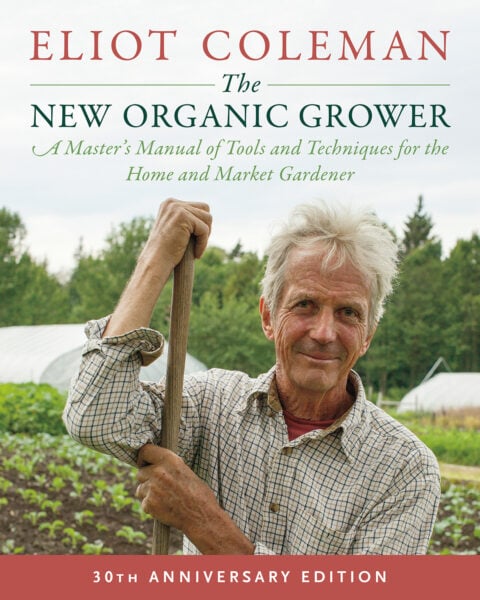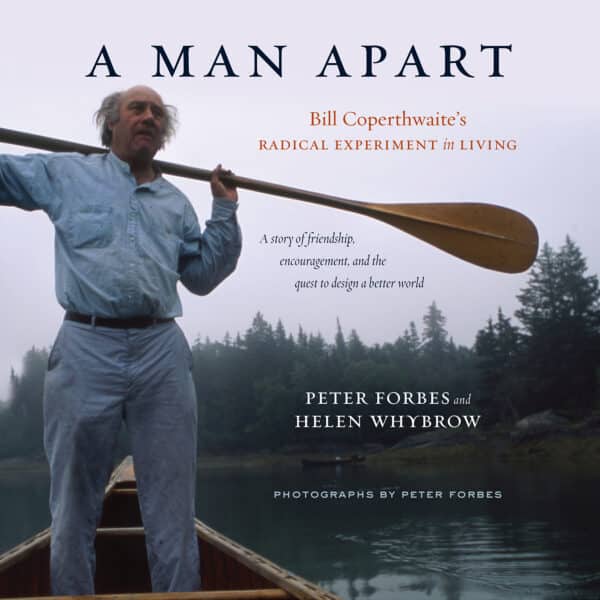Homesteading Skills: The Gateway to True Freedom
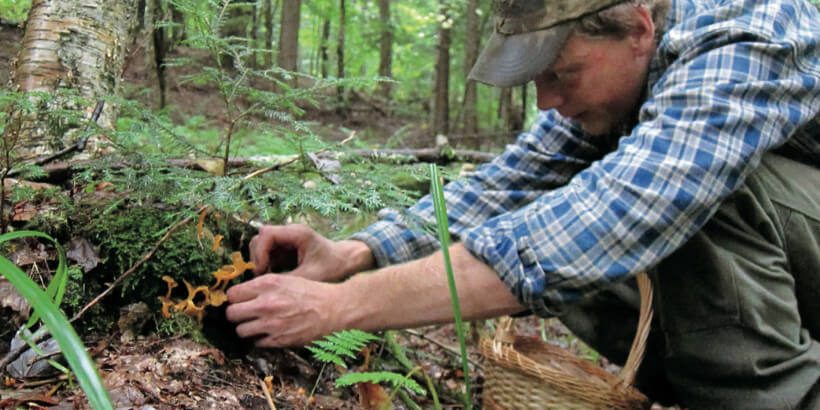
We wanted to touch on some of the important homesteading skills you may need to use on any given day. Some are learned while others are passed down from homesteader to homesteader, all are important.
In this excerpt from The Nourishing Homestead, author Ben Hewitt talks about why these skills are important to pass down to each generation, perhaps even if you’re not a hardcore homesteader. Throughout his book, Hewitt touches on many essential homestead skills, such as food preservation, animal management, and basic butchery. The following are other skills his family employs on a regular basis.
Today, thanks partly to budget cuts and partly to a collective societal agreement that skills of the hand are no longer worthy of our children’s attention, we’ve abandoned this learning to make room for more practical knowledge, with practical being defined in terms of career preparedness. How tragically ironic that the truly practical life skills essential to providing for self and community have been usurped by the pragmatism of employability.
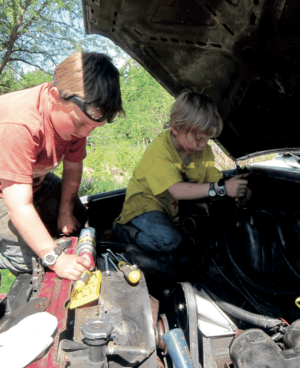 It is beyond the scope of this book to provide detailed instructions in every possible homestead skill. To do so would mean you’d need a team of oxen just to haul the thing around, and when it came time to read, you’d have to climb atop their backs so you could turn the pages. And rarely is a book the best medium for learning specific hands-on skills; for that, you’re always going to be better off finding someone who can work with and even mentor you, who can demonstrate how much of a difference just a small adjustment in blade angle or hand position can make.
It is beyond the scope of this book to provide detailed instructions in every possible homestead skill. To do so would mean you’d need a team of oxen just to haul the thing around, and when it came time to read, you’d have to climb atop their backs so you could turn the pages. And rarely is a book the best medium for learning specific hands-on skills; for that, you’re always going to be better off finding someone who can work with and even mentor you, who can demonstrate how much of a difference just a small adjustment in blade angle or hand position can make.
While many of the skills essential to a thriving homestead are those of the hands, we are often struck by how many are those of the head. In other words, they are interior skills of perception and understanding borne of experience. These skills cannot be taught; they can only be learned. But I include them anyway, if only because we often wish we had started learning them earlier than we did.
Basic Building Skills
I almost wrote “carpentry,” but the truth is, you needn’t be a carpenter to keep your homestead humming along. The homestead does not require craftsmanship, but it does demand a basic grasp of building techniques, along with enough tool-operating experience to mitigate the threat of injury. Sometimes it seems as if we can’t get through a day without picking up a hammer and saw, and I cannot overstate just how crucial it is that any would-be homesteaders familiarize themselves with basic building methodology.
Knife/Saw/Ax Sharpening
As the old saying goes: If you have 20 minutes to cut, spend 15 minutes sharpening. A dull knife blade or chain-saw chain is probably the most dangerous device on a homestead. It’s also the most inexpensively and quickly remedied, although it’s shocking how many people fail to maintain
well-honed cutting tools, probably because they just don’t know how. After years of practice, we are still perfecting our sharpening techniques, but even an imperfectly sharp cutting implement is better than a perfectly dull one.
Sewing
You needn’t actually be able to make your own clothing (though it’s really inspiring if you can), but you’d better be capable of patching the knees of your favorite work jeans. Truthfully, this is one I’m still struggling with; it takes me hours to patch a hole that Penny or even one of the boys can do in 15 minutes or less, and every time I sit down with a needle and thread, I need a refresher on how the two go together. But I’ll get there. We’ve also found it invaluable to have basic leather stitching equipment, primarily for making knife and ax sheaths.
Mechanics
For those of us who are not mechanically inclined, I cannot overstate just how crucial a good mechanic is to this life. A good mechanic is central to a prosperous rural life, because there’s no way you can live the life we do and pay dealer prices to repair your car. You need a mechanic who can keep a rig on the road long past the point any dealer would’ve tried to flip you into a new model, complete with 0 percent financing and low, low monthly payments. You need a mechanic who’ll lean over the engine compartment with you and listen while you describe your own fumbling attempts to fix the damn thing yourself and why you believe that somehow imbues you with insight regarding what the problem actually is.
You need a mechanic who’ll patch up the mess you made and then address the real issue, using parts pulled off one of the junkers sinking into the weeds on the fringes of his lot. But you also need to be willing to get your hands dirty, because much of the machinery—be it motorized or not—that enables this life is not readily transported to a mechanic. We are not expert or even intermediate level mechanics, but we have committed ourselves to learning basic maintenance for the machines we rely on. At the very least, keeping this machinery maintained will reduce the frequency of breakdowns and extend its life span.
Drop Spindling
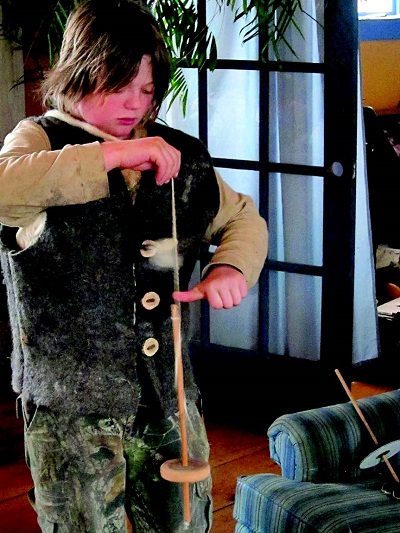
Spun fiber is an essential component of human survival but is something we all take for granted. Socks, sweaters, hats, shirts, dish towels, and blankets are part of everyone’s daily life, though few of us have even the faintest idea how to make these items for ourselves. The drop spindle is a ridiculously simple, productive, and versatile device. With enough practice, it can actually be faster than a spinning wheel—and even a dexterous five-year-old can use it to make fiber. Best of all, spindles are easily made from a branch or dowel and round of wood. Once complete, they’re entirely portable; you can carry a drop spindle and batch of wool with you just about anywhere.
Knitting
Even if you’re not spinning your own fiber, knitting is a practical and satisfying skill. There is nothing quite like donning a warm sweater or hat on a winter’s day, made by your hands or those of someone you love. It’s also one of the most portable skills. We have all learned how to knit, though I won’t be churning out any complicated patterns anytime soon. I’m not going to get specific regarding all the different options for knitting supplies; my best advice is to find a friend or family member who knits (everybody has one!) and let them help you get started, since this is a skill that particularly lends itself to sitting next to someone experienced while you learn.
Recent Articles
Garden strawberries are excellent for both covering the ground and for growing fruit. If you’re planning out a forest garden, or are just looking for a plant to use as ground cover, strawberries are a great option. The following is an excerpt from The Home-Scale Forest Garden by Dani Baker. It has been adapted for…
Read MoreAsparagus is a delicious vegetable with a layered history. How did this aspiring spear make its way from growing in the wild to appearing on our plates? The following is an excerpt from the The Seed Detective by Adam Alexander. It has been adapted for the web. “Nature gives us the key to every secret…
Read MoreInterested in growing trees? Here are some tips on successfully planting, transplanting, and pruning trees to create a flourishing forest garden! The following is an excerpt from The Home-Scale Forest Garden by Dani Baker. It has been adapted for the web. Planting Potted Trees and Shrubs If you order potted trees, check with your supplier to…
Read MoreWith the right strategies and practices, composting on a small farm is surprisingly easy and inexpensive. Just follow these steps for making compost, and your farm will be thriving in no time! The following excerpt is from The Lean Farm Guide to Growing Vegetables by Ben Hartman. It has been adapted for the web. (All photographs by Ben…
Read MoreGarlic mustard: while known as “invasive,” this plant can be consumed in its entirety and has great nutritional value. Plus, the garlic-flavor is a perfect addition to any recipe that calls for mustard! The following are excerpts from Beyond the War on Invasive Species by Tao Orion and The Wild Wisdom of Weeds by Katrina…
Read More

